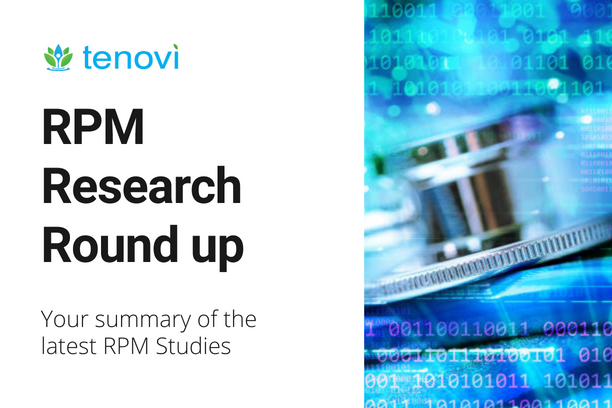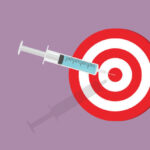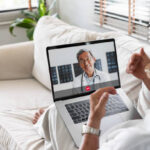This weekly study summary delves into remote therapeutic monitoring (RTM) research and explores RTM’s impact on stroke management and recovery. Remote therapeutic monitoring uses technology to remotely monitor non-physiological data, including data that pertains to the musculoskeletal and respiratory systems. RTM monitors a patient’s symptoms, treatment adherence, medication adherence, and relevant health data for specific respiratory and neurological disorders, diabetes, and post-operative recovery.
Ischemic Stroke
Stroke remains a leading cause of disability and death worldwide. According to the CDC, about 87% of all strokes are ischemic strokes, which occur when blood flow to the brain is blocked. One of the significant hurdles in delivering virtual care for stroke rehabilitation is the ability to effectively monitor patients’ safety, treatment efficacy, and adherence to prescribed regimens.
Remote Therapeutic Monitoring Research: Adherence
Remote therapeutic monitoring research holds promise for improving access to care, enhancing patient outcomes, and reducing the burden on healthcare systems. A systematic review and meta-analysis published in Medical Data Mining found that remote therapeutic monitoring interventions can effectively enhance compliance with doctors’ advice among patients with ischemic stroke. The study, which included data from 10 clinical trials involving 5,092 patients, reported a 34% increase in patient compliance when remote therapeutic monitoring was employed.
Remote Therapeutic Monitoring Research: Reduced Stroke Recurrence and Disability
The meta-analysis also revealed that remote therapeutic monitoring interventions were associated with a significant reduction in stroke recurrence (relative risk: 0.42) and moderate to severe disability (relative risk: 0.71) among ischemic stroke patients. This finding underscores the potential of remote therapeutic monitoring in preventing secondary strokes and improving functional outcomes.
Remote Therapeutic Monitoring Research: Motor Function and Daily Living Activities
The analysis further demonstrated that remote therapeutic monitoring interventions significantly improved Fugl-Meyer motor function assessment scores (mean difference: 10.25) and the Barthel Index of activity of daily living (mean difference: 13.62) in ischemic stroke patients. These findings suggest that remote therapeutic monitoring and guidance can aid rehabilitation and enhance patients’ independence.
Remote Therapeutic Monitoring Research: Education
The study authors acknowledged the need for further research to elucidate the mechanisms by which remote therapeutic monitoring improves functional outcomes in stroke patients. Remote therapeutic monitoring research offers several advantages in stroke care, including:
- Timely access to specialists: Stroke patients, especially those in remote or underserved areas, can receive prompt evaluations and consultations from stroke experts through video conferencing or remote monitoring.
- Improved monitoring and adherence: Platforms developed through remote therapeutic monitoring research can provide reminders for medication adherence, track vital signs, and monitor rehabilitation progress, promoting better self-management and adherence to treatment plans.
- Reduced burden on healthcare systems: By enabling remote consultations and monitoring, solutions emerging from remote therapeutic monitoring research can reduce the need for hospital visits and admissions, thereby alleviating the burden on healthcare facilities and resources.
- Increased patient satisfaction: The convenience and accessibility of remote therapeutic monitoring research services can enhance patient satisfaction and improve healthcare experiences.
As technology continues to evolve and the adoption of remote therapeutic monitoring grows, healthcare professionals, policymakers, and the general public must stay informed about the latest research and developments in this field.
While remote therapeutic monitoring research holds great promise, its solutions should complement, rather than replace, in-person care when necessary. A collaborative approach that integrates traditional and remote healthcare services can optimize patient outcomes and ensure a comprehensive continuum of care.
Whether your healthcare partners are interested in adopting remote patient monitoring to improve patient adherence to medication or treatment or creating a more efficient workflow, Tenovi can help. Book a free RPM demo today.






